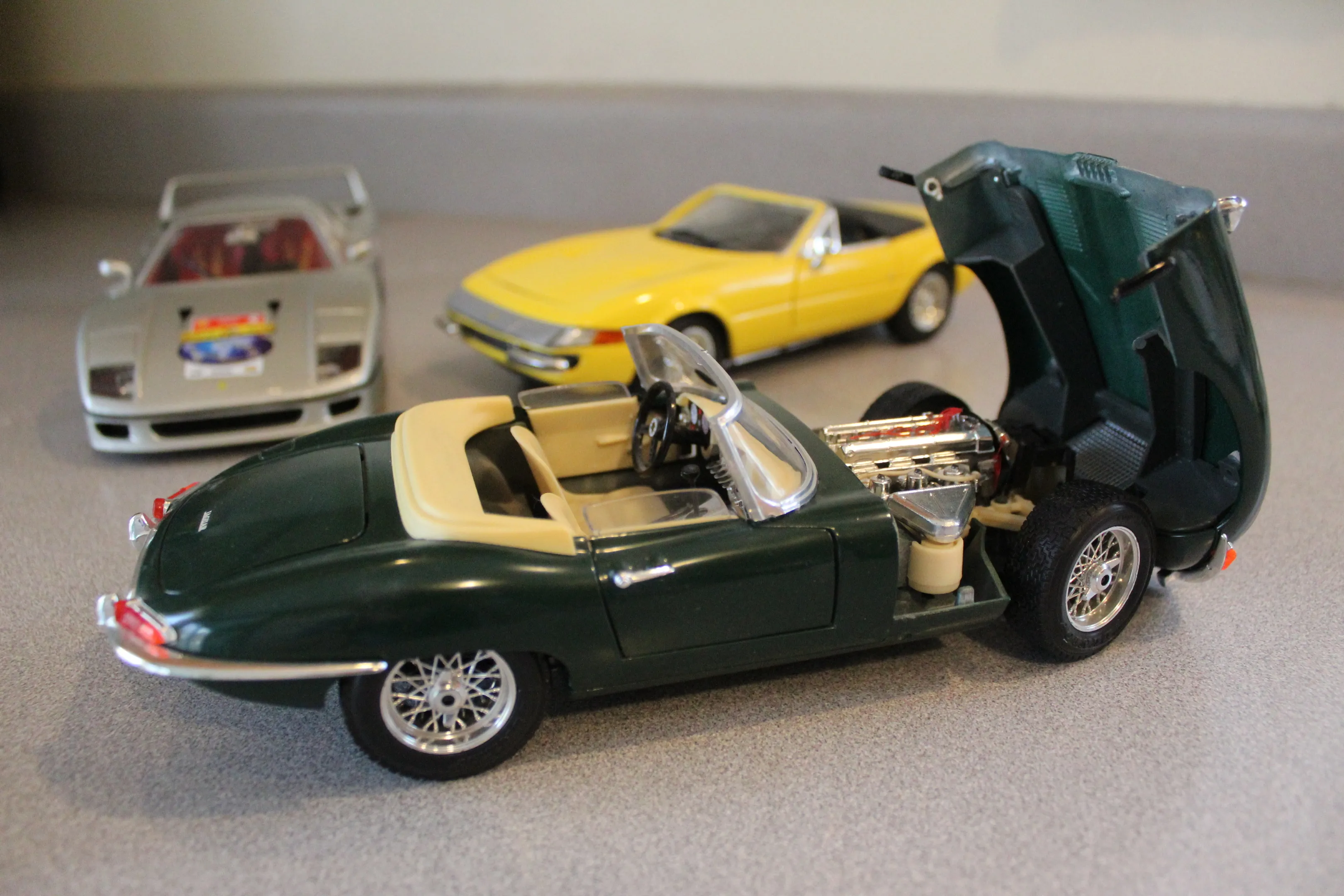What are Diecast Cars
Diecast cars are miniature replicas of real-life vehicles, manufactured using a die-casting process. This involves injecting molten metal, typically zinc alloy, into molds to create highly detailed and accurate models. These collectibles have captivated enthusiasts of all ages for decades, offering a tangible connection to automotive history and design. They are not just toys but intricate pieces of art that reflect the passion and dedication of both the manufacturers and the collectors. The appeal lies in the detailed craftsmanship, the variety of vehicles available, and the ability to own a scaled-down version of a dream car or a historical icon. The market for diecast cars is vast and diverse, spanning various scales, manufacturers, and eras, making it an engaging and rewarding hobby for anyone interested in cars and collectibles.
The History of Diecast Cars
The history of diecast cars dates back to the early 20th century, with their origins in the toy industry. Initially, these miniature vehicles were made of lead, but as safety standards evolved, manufacturers shifted to zinc alloys. The early models were relatively simple, but as technology advanced, so did the detail and realism of the cars. During World War II, diecast production was temporarily halted due to metal restrictions, but it resumed with renewed vigor afterward. Brands like Dinky Toys and Corgi emerged as industry leaders, producing a wide range of vehicles that captured the imagination of children and adults alike. These early models, with their nostalgic appeal, are highly sought after by collectors today, representing a significant part of automotive history.
Early Production and Materials
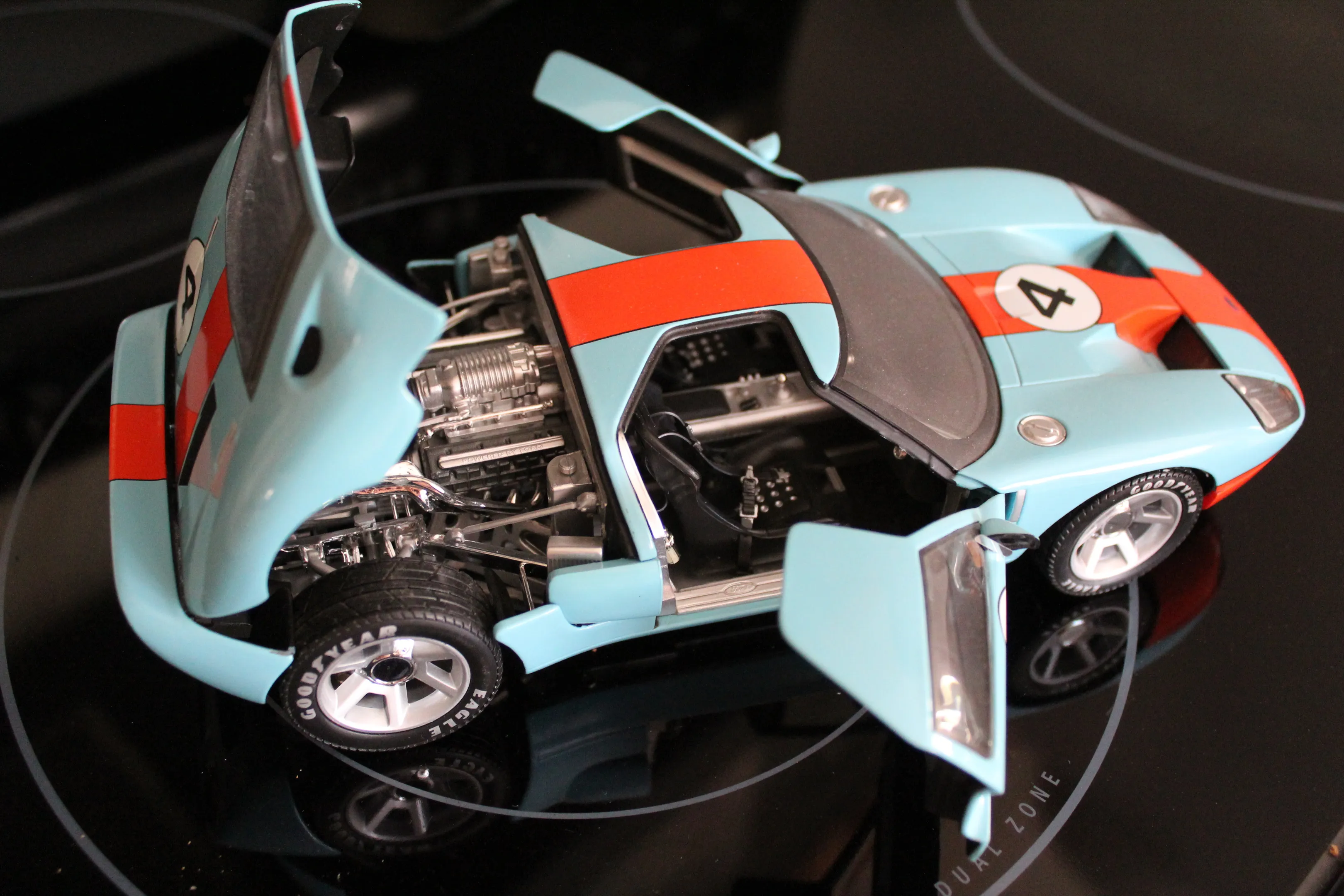
Early diecast car production relied on the die-casting process, where molten metal was injected into molds. The materials used evolved over time. Initially, lead was a common material due to its ease of molding. However, lead’s toxicity led to its phasing out, and zinc alloys became the standard. These alloys, typically a mixture of zinc, aluminum, magnesium, and copper, offered a good balance of detail, durability, and cost-effectiveness. The manufacturing process involved creating detailed molds, often made of steel, into which the molten metal was injected under high pressure. This allowed for intricate designs and fine details to be replicated, making the models as close to the real vehicles as possible. The craftsmanship and attention to detail in these early models set the stage for the sophisticated diecast cars we see today.
Popular Diecast Car Scales
Diecast cars are produced in various scales, with the scale indicating the ratio of the model’s size to the actual vehicle’s size. The most popular scales offer a range of options to suit different collecting preferences and display needs. Scale determines the level of detail, size, and the overall collecting experience. Understanding the different scales is essential for both new and seasoned collectors. Each scale has its own advantages and disadvantages, affecting factors such as available space and the level of detail. Commonly used scales include 1 18, 1 24, and 1 43, each offering a unique way to appreciate and collect these miniature automotive masterpieces.
1 18 Scale Diecast Cars
1 18 scale diecast cars are among the most popular, offering a good balance of size and detail. These models are significantly larger, allowing for intricate detailing and features such as opening doors, hoods, and trunks, along with detailed engine compartments and interiors. The larger size makes them ideal for display, allowing enthusiasts to appreciate the craftsmanship and design. Due to their size and complexity, 1 18 scale models often come with a higher price tag. They require more space to display, so they are often the centerpiece of many collections. The larger size also allows for the use of more detailed materials, making these models highly sought after by serious collectors who prioritize realism and detail.
1 24 Scale Diecast Cars
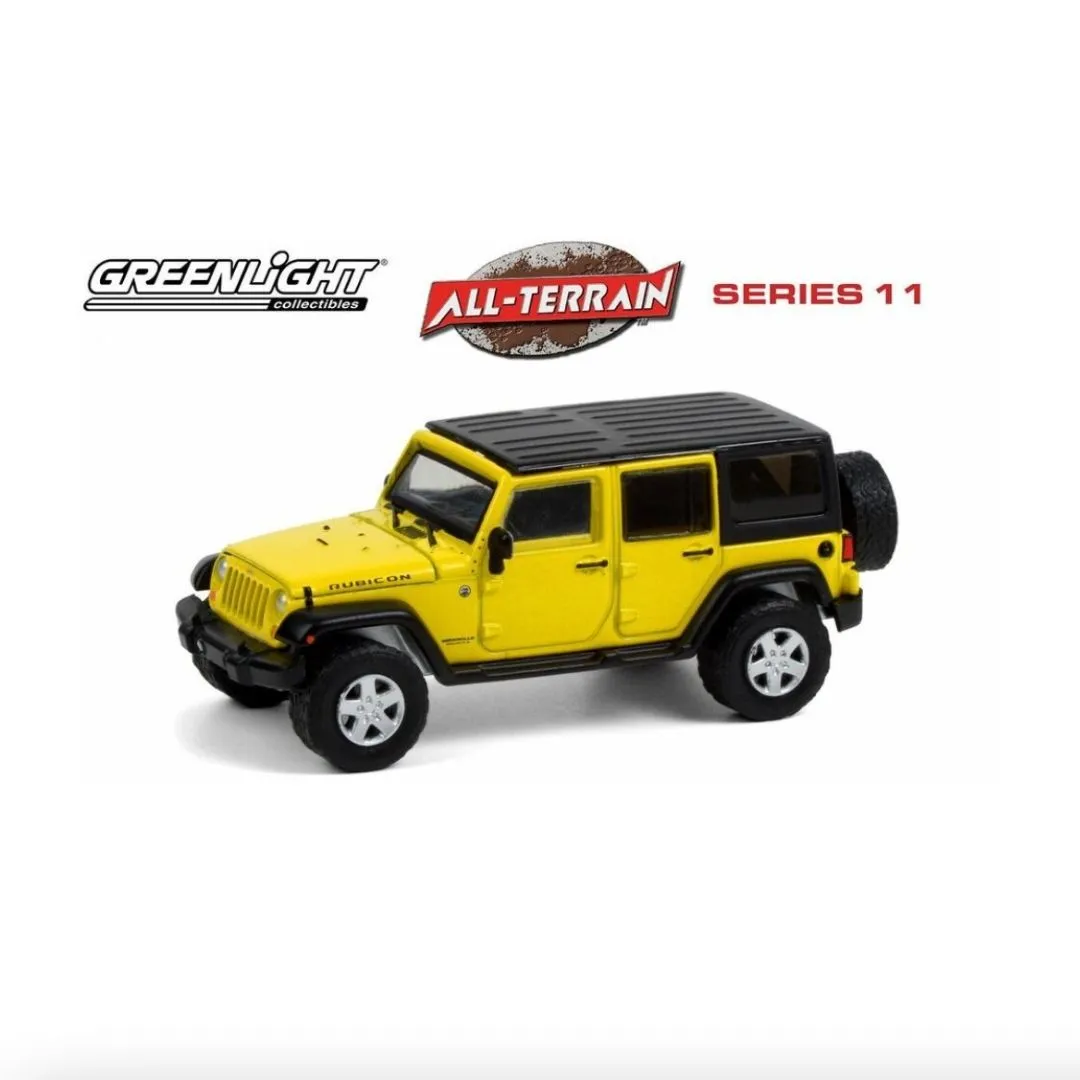
1 24 scale diecast cars offer a slightly smaller footprint than 1 18 scale models, making them suitable for collectors with limited space. These models still provide a good level of detail, with many featuring opening parts and detailed interiors. They are generally more affordable, making them an accessible option for both new and experienced collectors. The variety of 1 24 scale models is extensive, covering a wide range of vehicles, from classic cars to modern sports cars and trucks. This scale is a great entry point into the hobby, providing a balance between affordability, detail, and display-friendliness. It offers a diverse array of options, making it easy to build a varied and impressive collection.
1 43 Scale Diecast Cars
1 43 scale diecast cars are the most common and widely collected, known for their compact size and extensive variety. This scale is ideal for collectors with limited space, as they can accommodate a large number of models in a relatively small area. While smaller in size, 1 43 scale cars still offer a high level of detail, with many featuring accurate paint schemes and intricate designs. They are generally more affordable than larger scales, making them a budget-friendly option for building a comprehensive collection. Due to their popularity, collectors can find models representing nearly every make and model of car imaginable. This scale is perfect for collectors who want to build a broad and diverse collection without requiring a lot of display space.
How to Start Your Diecast Car Collection
Starting a diecast car collection can be an exciting and rewarding experience. It involves several key steps, from defining your focus to setting a budget and understanding where to find the models you want. The most important is to choose what you will collect, and then establishing a realistic budget. This will help you stay organized and focused as you build your collection. With a solid plan in place, you can navigate the world of diecast cars and build a collection that you will treasure for years to come.
Choosing Your Focus
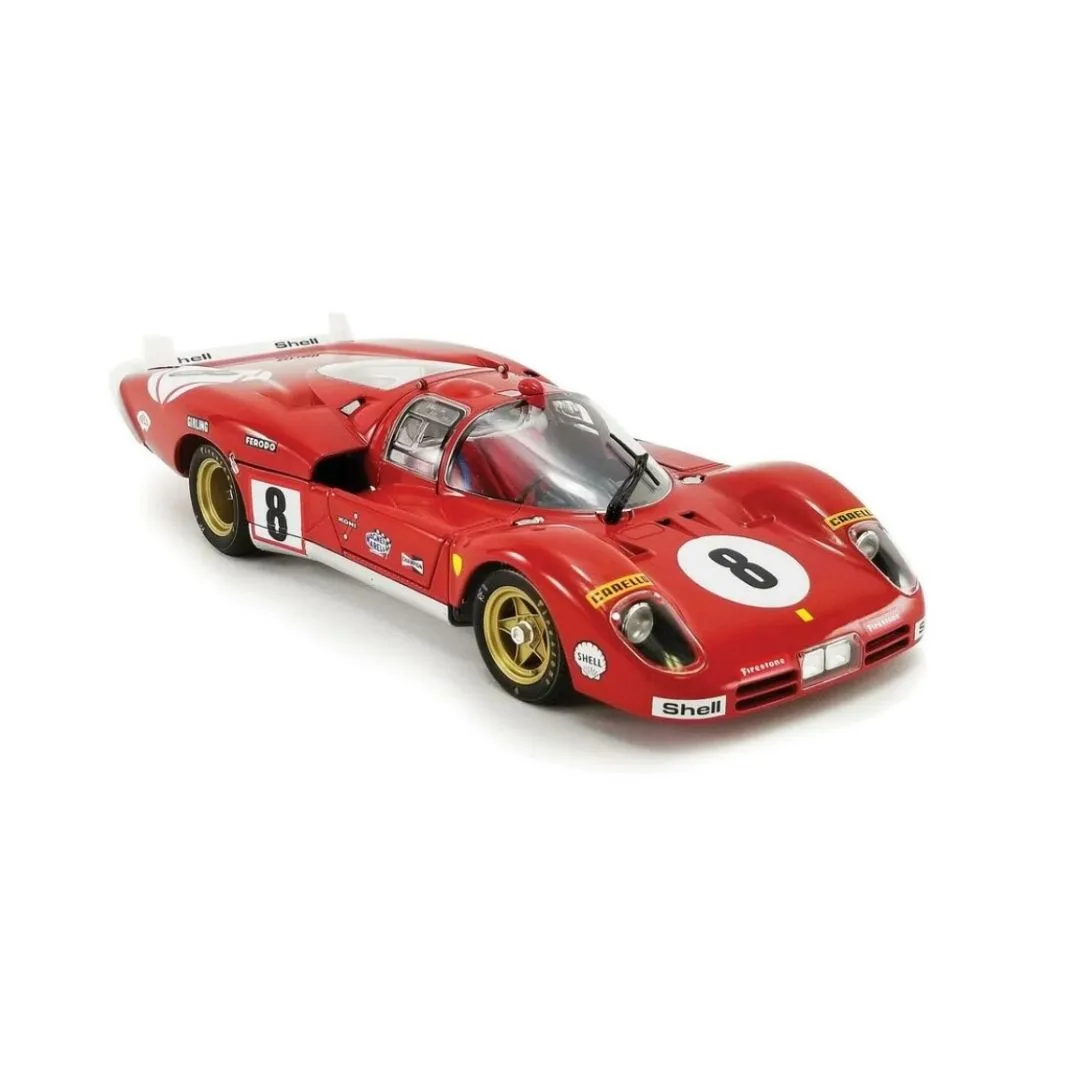
Deciding on a focus for your collection is the first and most crucial step. This could be based on several factors, such as the type of cars you love (sports cars, classic cars, trucks), the era (vintage, modern), the brand (Ferrari, Ford, Mercedes-Benz), or even a specific racing series. Defining your niche helps you narrow down your choices and prevents you from being overwhelmed by the vast number of models available. It also provides a direction for your collecting efforts, allowing you to build a cohesive and meaningful collection. Having a clear focus will make the collecting process more enjoyable and satisfying. Decide what you like the most and start there.
Setting a Budget
Establishing a budget is essential for managing your collecting. Determine how much you are willing to spend on a monthly or annual basis. This will guide your purchasing decisions and prevent overspending. Consider the average price of the models you are interested in, and factor in any additional costs, such as shipping or display cases. Sticking to your budget is critical to avoid financial stress and ensure that collecting remains a fun and sustainable hobby. Review your budget periodically and adjust it as needed, based on your financial situation and collecting goals. A well-defined budget will allow you to build your collection thoughtfully and responsibly.
Where to Find Diecast Cars
Diecast cars are available through a variety of channels. Knowing where to find them is essential for building your collection. From online marketplaces to local hobby shops and car shows, there are numerous ways to discover and purchase these miniature vehicles. Researching different sources is crucial to finding the best deals and the specific models you’re looking for. Each channel offers its own benefits and drawbacks, making it important to understand your options. The most important thing is to be patient and to always be on the lookout for that special car to add to your collection.
Online Marketplaces
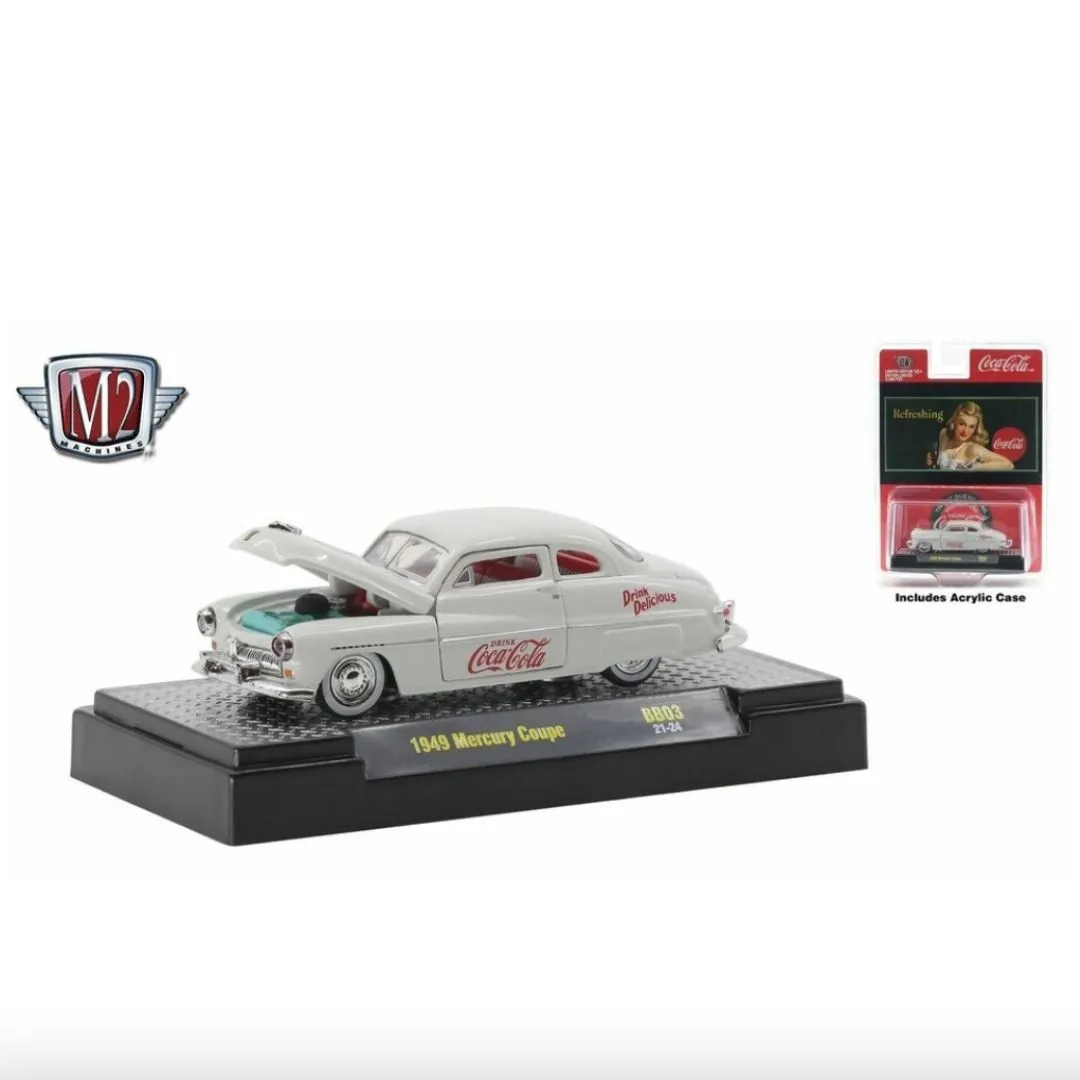
Online marketplaces such as eBay, Amazon, and specialized diecast car websites are excellent sources. These platforms offer a vast selection of models from various sellers, allowing you to find both new and vintage cars. They offer the convenience of shopping from home and the ability to compare prices. However, be sure to check the seller’s reputation and read reviews before making a purchase. Shipping costs and potential damage during transit are also factors to consider. Marketplaces also allow collectors to find rare and hard-to-find models. Online marketplaces are a convenient and efficient way to find diecast cars, but it is essential to exercise due diligence to ensure a satisfactory buying experience.
Hobby Shops and Shows
Local hobby shops and car shows provide opportunities to see the models in person and interact with other collectors. Hobby shops often carry a curated selection of diecast cars, providing expert advice and a sense of community. Car shows and swap meets are excellent places to find rare models and connect with sellers. Attending these events allows you to assess the condition of the models before purchasing and negotiate prices. It also offers a chance to learn from experienced collectors and expand your network. Participating in local events will allow you to immerse yourself in the hobby. Hobby shops and shows are excellent for finding models and also enjoying the camaraderie.
Tips for Collecting Diecast Cars
Collecting diecast cars involves more than just buying models. It is a hobby that benefits from good care and practices, which will preserve your collection for future enjoyment. From preserving your collection to displaying it properly, each tip contributes to a rewarding and satisfying collecting experience. Applying these tips will help you fully enjoy the world of diecast cars.
Preserving Your Collection
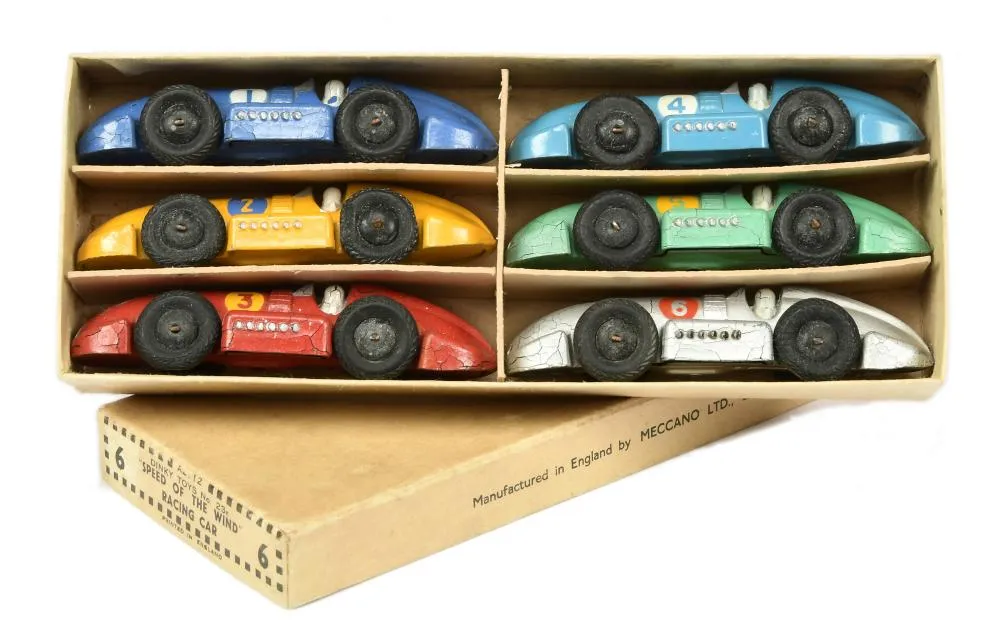
Proper preservation is essential for maintaining the value and condition of your diecast cars. Store your models in a cool, dry place away from direct sunlight and extreme temperatures. Sunlight can fade paint and damage plastic components, while extreme temperatures can cause warping or damage. Consider using display cases or protective boxes to shield your models from dust, dirt, and accidental damage. Regular dusting and cleaning will help prevent the build-up of grime. Handle your models with care, and avoid touching them with dirty hands. Proper storage and handling will ensure that your collection remains in excellent condition for years to come.
Cleaning and Maintenance
Regular cleaning and maintenance will keep your diecast cars looking their best. Dust your models regularly using a soft brush or a microfiber cloth. For more stubborn dirt, use a mild soap solution and a soft cloth to gently clean the surface. Avoid using harsh chemicals or abrasive cleaners, as these can damage the paint. Pay attention to the details, such as wheels and engine compartments, to remove any accumulated dust or debris. Regular maintenance will ensure your models are clean and well-preserved. Taking care of your collection will help them look great and increase their value over time.
Displaying Your Collection
Displaying your diecast car collection is a way to showcase your passion. Display cases, shelves, and custom-built cabinets are all good options, based on the size and scope of your collection. Arrange your models in a visually appealing manner, consider grouping them by make, model, scale, or era. Proper lighting can enhance the details of your models, so use spotlights or LED strips. Consider the background and the overall aesthetic of your display area. Choose a display that matches your personal style and complements the beauty of your collection. The goal is to create a visually engaging display that you enjoy and that also protects your models from damage.
Valuing Your Diecast Cars
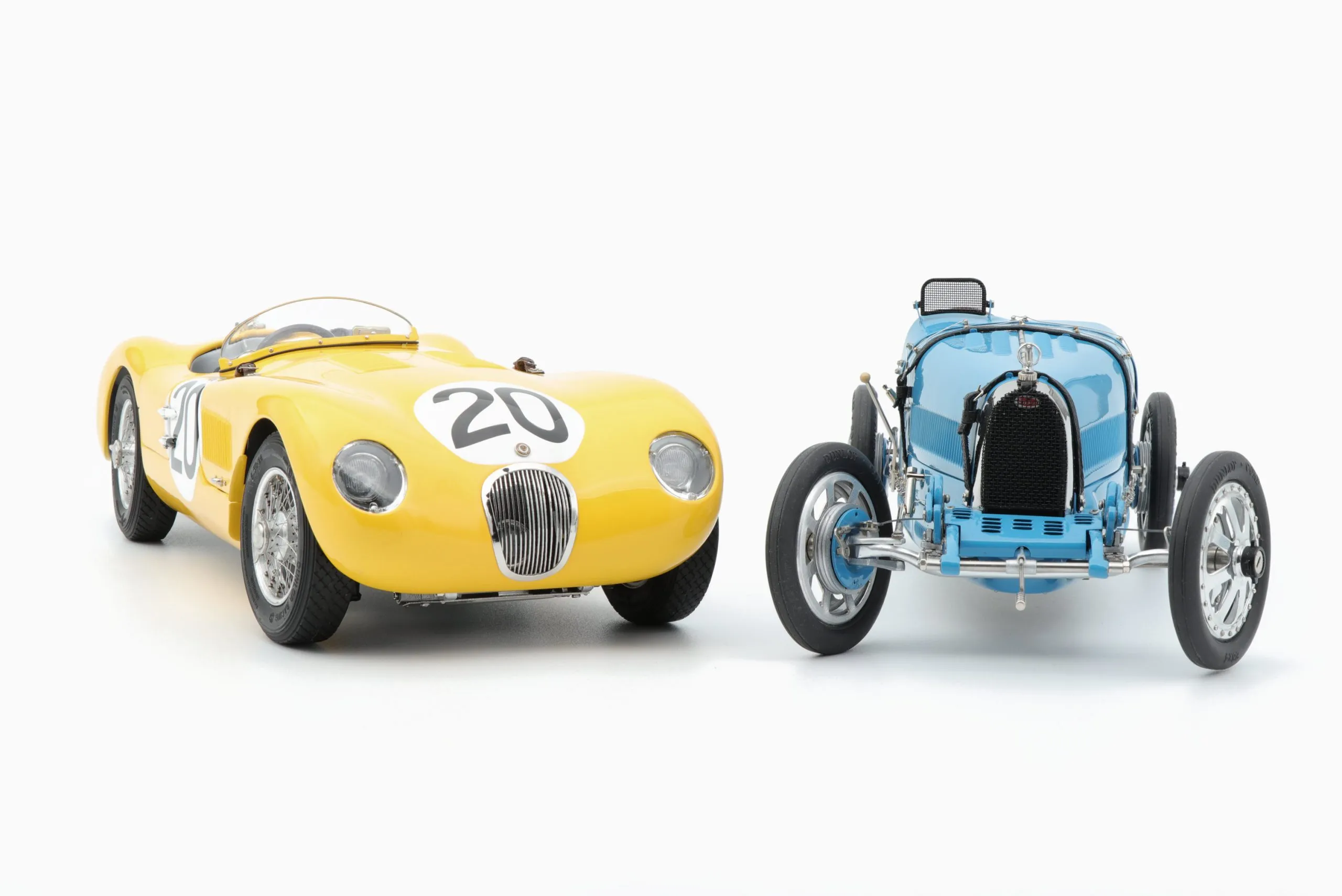
Understanding the value of your diecast cars is essential for collectors. Knowing the factors that influence value will help you make informed decisions about buying, selling, and insuring your collection. Various resources and guides are available to help you assess the worth of your models. Learning about valuation is key to protecting your investment and enjoying your hobby.
Factors Affecting Value
Several factors influence the value of diecast cars. Rarity plays a significant role, with limited-edition or rare models commanding higher prices. Condition is another critical factor, with models in pristine condition being more valuable than those with damage or wear. The manufacturer, the model’s features, and historical significance also affect the value. Demand within the collecting community is essential, as the popularity of a particular model or brand can significantly impact its price. Packaging, such as the original box, also adds value, as collectors often value the complete package. Researching these factors will give you a better sense of your models’ worth and help you make informed decisions.
Resources for Valuing Diecast Cars
Several resources are available to help you value your diecast cars. Online price guides, such as those found on eBay or specialized collecting websites, provide a general idea of market values. Auction results on platforms such as LiveAuctioneers can give you insight into the actual prices. Collector forums and online communities offer valuable information and insights. Local hobby shops and experienced collectors can provide expert opinions. Consult multiple sources to get the most accurate valuation. Using all available resources will provide a comprehensive view of your collection’s value, enabling you to make informed decisions about buying, selling, or insuring your models.
